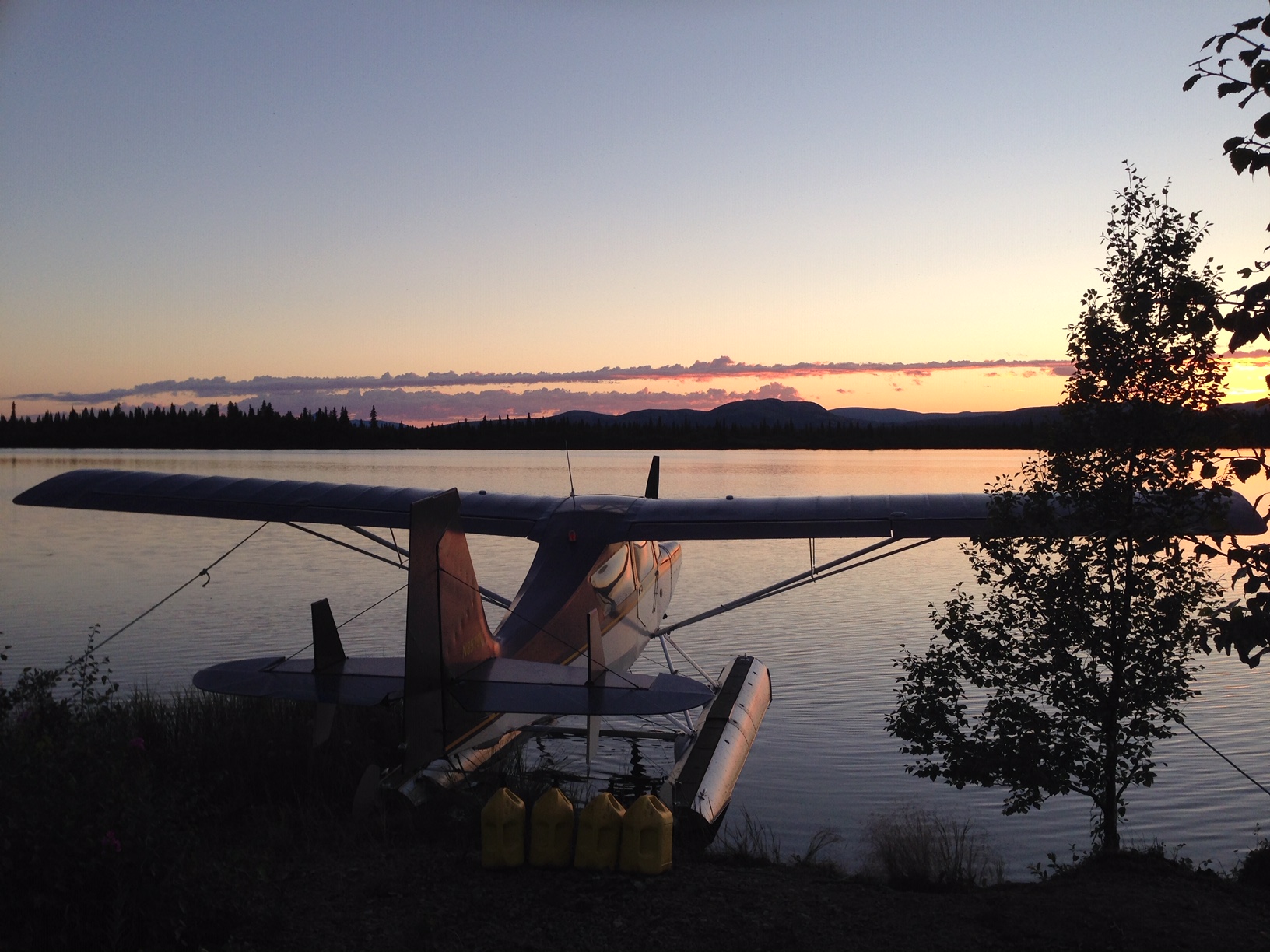[I don’t think we can really begin to live fully until we come to terms with our own mortality – not in a morbid way, but in a healthy way, born of the hope that is in store for all of us.]
Well, winter is here and the liturgical year is winding down. Only two more Sundays before we start Advent. As we get to the end of Ordinary Time, the Church asks us to contemplate the end of all time. In this light, it’s not a bad idea to review the Four Last Things. As you recall, they are: death, judgment, heaven or hell.
In truth, I don’t think any of us can really begin to live until we come to terms with our own mortality.
[The Fr. McGillicuddy joke was told here. You have to watch the video to hear the joke! There is also a bonus joke about the Sadducees. ]
We don’t tend to contemplate our own death in the normal course of the day. However, I suspect that many of us have done so in the wake of the recent pandemic. I think living in the harsh beauty of Alaska also makes us pause from time to time. Anyone who has lived here for any length of time has lost a friend or a loved one to the wilderness. Twenty-eight years of ministry have also taught me that the more familiar you are with death, the less scary it becomes. There are certain people who have taught me how to die well as I have accompanied them to their passing. The moment of death can be a very grace-filled, and beautiful encounter. A friend’s wife once commented that it was very similar to being present at a birth. For the Christian, death is not something we hasten, but neither is it something we fear. As St. Paul says, “For we know that if our earthly dwelling, a tent, should be destroyed, we have a building from God, a dwelling not made with hands, eternal in heaven.” (2Cor 5:1). Death then is simply the next step to the fulfillment of God’s plan for us.
That plan is that we become what God has intended us to be. There is a subtle, but real heresay out there that when we human beings die we become angels. It’s a nice thought and it makes for good Christmas stories, but it limps theologically. Angels are spiritual beings. They do not have a body. By comparison, we human beings are spiritual and corporeal. We have a body and a soul. When Christ came to redeem us, he took on our human nature, body and soul in the Incarnation. This is why the resurrection of Christ is so significant. By his own resurrection, Christ has shown us what lies in store for all the baptized who remain faithful. Namely, that at the end of the age, these lowly bodies of ours, such as they are, will be raised. Then comes particular and general judgment. If we have remained faithful, then we become what God has intended us to be—perfectly human, body and soul.
In talking about the last things, there is a temptation to see them as something distant and remote. But they are not. Our judgment at the end of the age depends entirely on our relationship with Christ now and throughout the rest of our lives. So in a very real sense, heaven begins now. (Hell also begins now, for that matter.) It’s a matter of trajectory. If we enter into communion with Christ now and deepen that communion in the future, that relationship continues and is fulfilled when we pass through the veil. If, however, we sever communion with Christ, then that is our fate. Every saint has a past, and every sinner has a future.
The decisions we make now will carry us into eternity.





















































